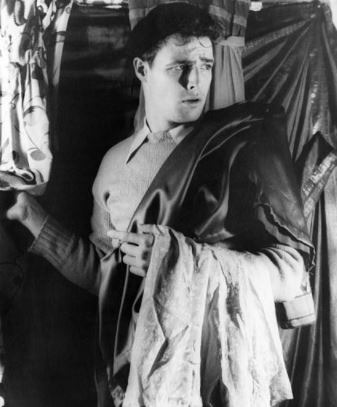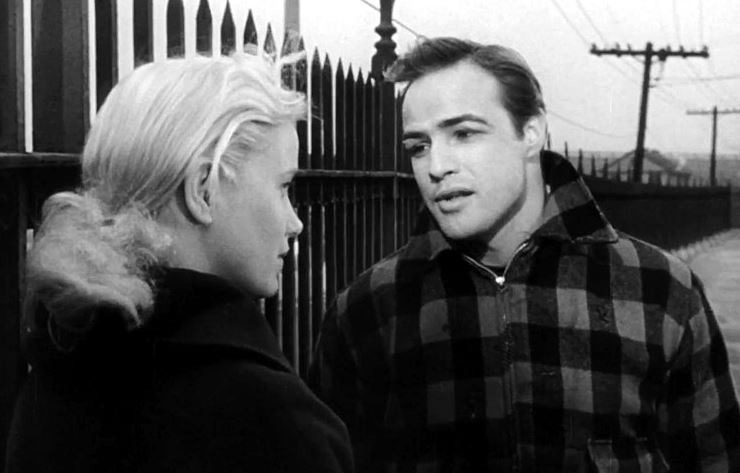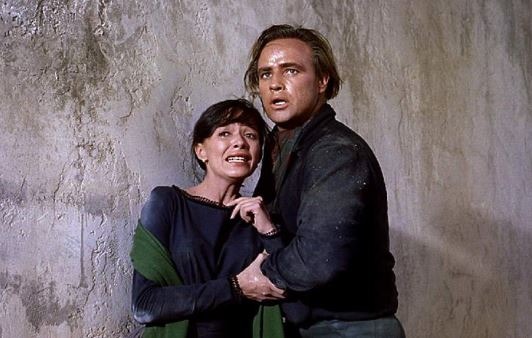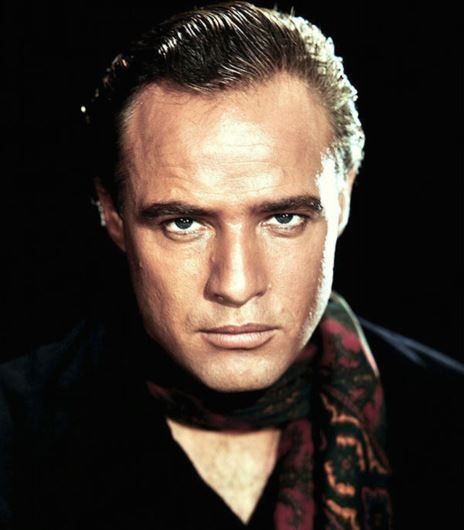Renowned as one of the greatest actors of all time, Marlon Brando revolutionized the world of acting, veering away from the classical dramatic training and rather bringing realism that forever changed the way actors embody their roles.
With critically-acclaimed performances across many films and genres, Brando influenced actors from multiple generations, and his genuine and passionate portrayals without a doubt have been ingrained with everyone who has seen his movies.
Here, let’s discover more about Marlon Brando, how he got his start in acting and his notable success in his prestigious career that spanned over five decades.
Early Life
On the 3rd of April in 1924, Marlon Brando was born to a salesman and an amateur play actress in Omaha, Nebraska. At the age of six, their family moved to Libertyville, Illinois. Brando’s family life wasn’t a pleasing one. He failed his subjects in school, with only sports and dramatics gaining his interest. His relationship with his father was also sour, as they often engaged in arguments.
As an attempt to discipline and control Brando, his father sent him to a Shattuck Military Academy. While he stayed in the military school for three years, he caused issues by disobeying authority, eventually resulting in his expulsion. He went back to his family and dug ditches until an offer came from his father to finance his education.
The Conquest
Following in his eldest sister’s footsteps who was trying to become an actress in the Big Apple, Brando moved to New York in 1942. At Lee Strasberg’s Actors’ Studio, Brando started studying under coach Stella Adler, who is often credited for honing him during his early career. Under this studio, Brando learned the “method approach,” which emphasized the usage of personal memories, experiences, and emotions to properly portray characters.
After his performance in regional performances in New York, Brando finally made his Broadway in John Van Druten’s ‘I Remember Mama’ in 1944. Two years later, he appeared in ‘Truckline Cafe,’ where critics praised him, eventually voting him Broadway’s Most Promising Actor for the said performance.
Brando got his most famous and greatest Broadway role in the 1947 play by Tennesse Williams, ‘A Streetcar Named Desire.’ He played Stanley Kowalski, a brute who raped his sister-in-law, Blanche du Bois. Brando earned massive praises for this outing, causing Hollywood’s beckoning to Brando.
The Hollywood Star
In 1950, Brando made his Hollywood debut in Fred Zinnemann’s drama film ‘The Men.’ He played Ken, a paraplegic ex-GI who struggled with impaired self-concept and depression after his disability. The following year, he reprised the role of Stanley Kowalski in the film adaptation of ‘A Streetcar Named Desire.’ Brando got his first Academy Award nomination for Best Actor, while the film was a massive success itself, earning four Academy Awards.
Over the next few years, Brando proved his acting prowess, playing different characters and receiving critical acclaim. In his third movie ‘Viva Zapata!’ (1952), where took the role of Emiliano Zapata, with a storyline featuring his accent from being a peasant to becoming Mexico’s president. In 1953, he played Marc Antony in the film adaptation of ‘Julius Caesar.’ Those films gave Brando his second and third Academy Award nominations, respectively.
In 1954, Brando appeared in Elia Kazan’s “On the Waterfront” and won his first Academy Award for Best Actor. Here, he played Terry Malloy, a longshoreman who tries to challenge a corrupt labor union. His sensitive portrayal of the role placed him as one of the industry’s most admired actors.
Other notable films he made in the decade attested to his versatility. He played as an
outlaw motorcycle gang leader in ‘The Wild One’ (1954) and became Napoleon Bonaparte in ‘Désirée’ (1954). Meanwhile, he sang and danced in ‘Guys and Dolls’ (1955), and as an Air Force fighter pilot in ‘Sayonara’ (1957).
The Plunge
In the 1960s, Brando’s career plunged. He began the decade starring as Rio in ‘One-Eyed Jacks,’ which was also the sole film he directed.
In 1962, MGM studio decided to remake 1935’s ‘Mutiny on the Bounty.’ It was a massive flop, failing to even earn half of its production cost. Brando’s spoiled behavior also reached its peak during the filming of the movie. He was highly criticized for his bad temper, failure to cooperate, and for attempting to alter the script, giving him a reputation as a demanding and troublesome actor.
Though Brando made several movies throughout the decade, most of which are forgettable, not matching the critical and financial success of his movies in the 1950s.
The Rebirth
In 1972, Brando’s role in Francis Ford Coppola’s ‘The Godfather” marked the rebirth of his career. He played the viciously powerful Mafia chieftain Don Vito Corleone, his most iconic and most imitated character of all time. He won a best actor Academy Award for the portrayal. However, he declined to accept it to show his disdain for Hollywood’s treatment of Native Americans. His status as an actor was further vindicated in his performance in the highly controversial, sexually explicit yet critically acclaimed ‘Last Tango in Paris’ in 1972.
Later Roles
While his performance is never dwindling, what was diminishing was his reputation as an actor. In 1974, he backed out of his cameo appearance in ‘The Godfather II’, which forced the production to do last-gasp rewrites. In ‘Superman’ (1978), it was reported that Brando read his lines from the cue cards, rather than learning them. In ‘Apocalypse Now’ (1979), he came into the set with little knowledge of the movie script and was overweight for the role. Despite such, he received huge salaries for the small parts he made for these films.
In 1989, Brando made a comeback in Euzhan Palcy’s ‘A Dry White Season.’ His performance in the drama film earned him an Academy Award nomination for Best Supporting Actor. In the 1990 comedy flick ‘The Freshman,’ he parodied his role in ‘The Godfather.’ It was followed by ‘Don Juan DeMarco’ (1995), where he co-starred with Johnny Depp, ‘The Island of Dr. Moreau’ (1996), ‘Free Money’ (1998), and ‘The Score’ (2001) with Robert De Niro, Angela Bassett, and Edward Norton.
Legacy
Though his career went up and down, Marlon Brando’s influence and prowess as an actor are unquestionable. The array of characters he played transcending many genres and touching his audiences attests to his immense talent. Today, he remains one of the greatest and biggest cinema actors of all time, a consensus and huge accolade from all the critics and moviegoers across the world.







